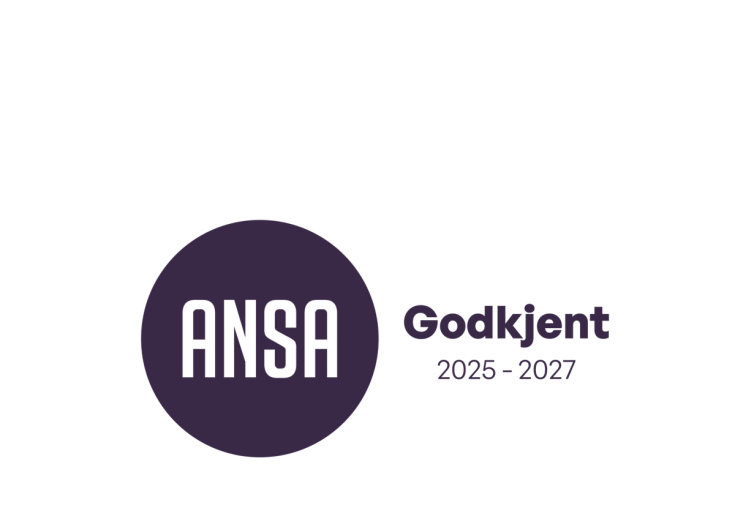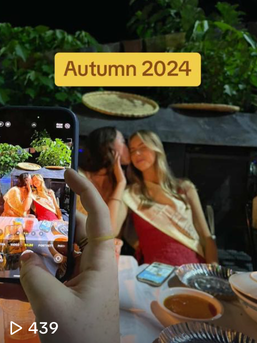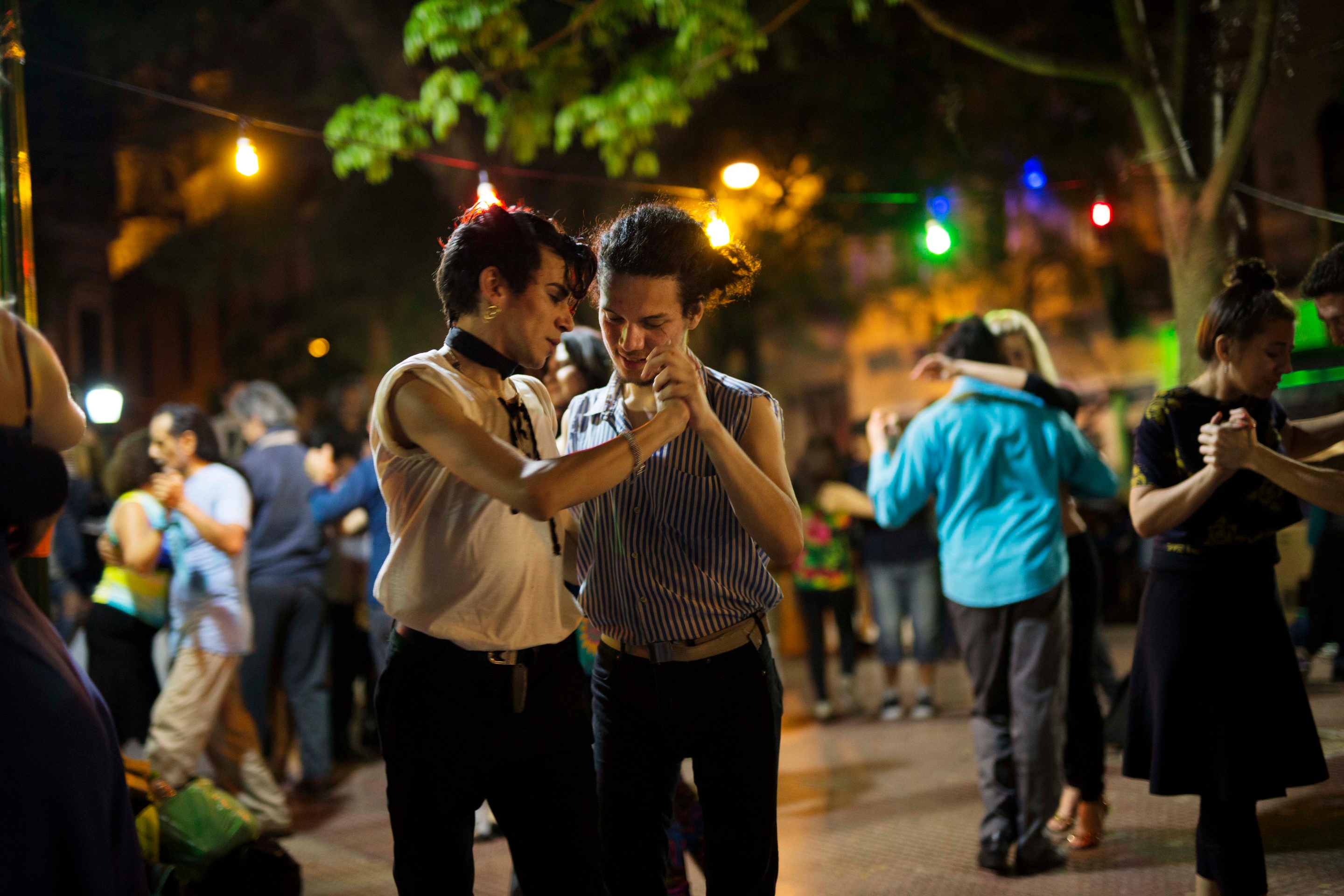
Byens beste søndagstango
We might say that … in heaven there awaits us…
the Platonic idea of the tango, its universal form.
– Jorge Luis Borges

Denne teksten er oversatt ved hjelp av kunstig intelligens.
Se den originale versjonen av artikkelen her.I mer enn 20 år har gate-tangodansere samlet seg i hjertet av San Telmo, på Plaza Dorrego. Faktisk ble søndagens “Milonga del Indio” på torget startet av danseren Pedro Banavente, en mann kjent som “El Indio”.
Omgitt av bygninger fra 1700-tallet, er det en av de eldste offentlige plassene i byen. Mens stedet forvandles til et mektig antikkmarked på dagtid søndager, kommer tangodanserne ut om natten, mellom ni-ti og midnatt.

Danset er sagt å være den mest ikoniske dansen fra det tjuende århundre med sin intimitet, eleganse, mytiske opprinnelse og stolthet.
Mellom tandas, en gruppe spor i samme stil spilt av samme orkester, finner danserne sine små hvite bomullskluter for å følge Chacarera, en vakker nordargentinsk folkedans.
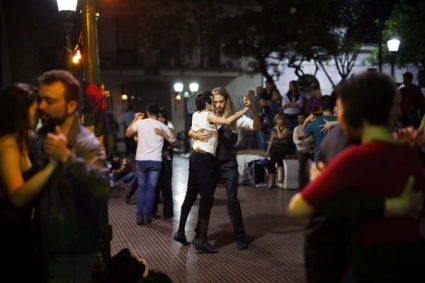
Litt om tangoens historie
I boken “The Meaning of Tango: The Story of the Argentinian Dance” skriver forfatter Christine Denniston at tango utviklet seg som “sjelens hunger etter kontakt med en annen sjel” i et fattigslig Buenos Aires. Midt på nittende århundre var det en enorm etterspørsel etter arbeidere i det ekstremt rike, men avsidesliggende landet.
Argentinas enorme landbruks- og mineralressurser var i ferd med å bli tilgjengelige gjennom byggingen av et enormt jernbanenettverk. For å tiltrekke seg innvandrere fra Europa, tilbød den argentinske regjeringen subsidier, land, arbeid og gratis mat og overnatting ved ankomst. På bredden av Río de la Plata satte innvandrerne sine føtter.
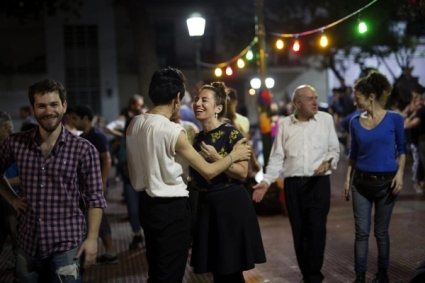
De kom fra Spania og Italia, fra Storbritannia, Tyskland, Libanon, Syria og Russland. Mennene var på jakt etter jobber, men livet var vanskelig og innvandrerhotellene overfylte. Hjemlengsel og med tomme mager søkte innvandrerne tilflukt i dansens verden, ifølge boken “En lommetyvs historie om argentinsk tango” av Victor Levant.
Det var langt flere menn enn kvinner som danset, og for å få en kvinne i armene måtte mannen være dyktig. For å lære å danse var det menn-eksklusive klasser kalt práctica hvor de lærte å danse kvinnens del med sin mannlige lærer. Tangoen utviklet seg i bordeller med prostituerte og den såkalte “compradrito”, mannen som opptrådte som hallik eller elsker.

Likevel "startet tangoen svart" men "i dag er tangoen et hav av hvite ansikter", skriver Robert Farris Thompson i 'Tango: The Art History of Love'. Innflytelsen fra afroargentinerne har vært ukjent ettersom de svarte i Buenos Aires "forsvant" ved å bli drept.
Innbyggerne av afrikansk opprinnelse i Buenos Aires gikk fra 34 prosent i 1810 til mindre enn 2 prosent i 1887. Fremfor alt består gatens dans av en blanding av musikk og dans brakt av europeere, afrikanere og gauchos (eller andalusiere).
I begynnelsen av det 20. århundre ble tangomusikk spilt i restauranter og kafeer over hele Buenos Aires.
I tillegg fant gullalderen for tango sted på 1940- og 1950-tallet. Formelle dansehaller kalt milongas – tango-stedene – var plassert over hele byen.
Under det argentinske militærregimet fra 1976 til 1983 ble tango og til og med tango-filmer forbudt. Overraskende nok var det også i dette tiåret at tango-show tok av i utlandet og millioner ble eksponert for tangueros fra Buenos Aires. På 1990-tallet gikk tangoen til Hollywood med flere filmer som ble laget med stjerner som Rudolph Valentino, Madonna og Marlon Brando.
Tangotekster er den autentiske poesien fra Buenos Aires. De skaper stemninger av humor, tapperhet og lengsel, hvor kun det siste overlapper en stereotypi av tango som en sang om angst.
Fremfor alt gjør tangopoeter oss bevisste på tiden som går. De lever med denne bevisstheten, som godt kan vise seg å være, i bunn og grunn, selve essensen av menneskelig bevissthet – Robert Farris Thompson i ´Tango: The Art History of Love´
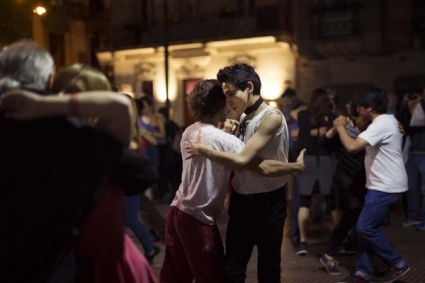
Viktige regler for tango
Å gå på en milonga anses det som uhøflig å gå opp til en person og be om en dans. Dette setter både personen som spør om en dans i fare for å miste ansikt og legger press på den som blir spurt om å si ja.
Derfor, måten å invitere noen til dans på er å fange den andres blikk tvers over rommet og få bekreftende øyekontakt tilbake. Dette kalles cabeceo, et ord som også brukes om fotballspillere når de header ballen.
Som beskrevet i en tangoartikkel i The New York Times, er «følgerne» kvinnene, og de har ikke lov til å bevege seg før «lederne», mennene, gir tegn til det. Det typiske tangoorkesteret består av seks musikere og kalles Orquesta Típica.

Det er to bandoneoner, to fioliner, et piano og en kontrabass.
For å begynne med, ville det å lære den 'Åtte Steg Grunnleggende' kalt Salida være en start, disse stegene er også vist av Madonna i filmen Evita.
I milongaene er musikken organisert i tandas, en gruppe spor i samme stil spilt av samme orkester. Danserne holder seg vanligvis med samme partner til tanda er over etter ti til femten minutter, og dansegulvet blir ryddet.
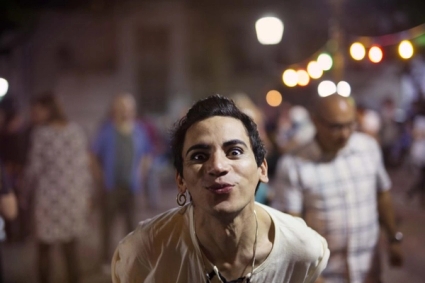
En viktig person å kjenne til er Carlos Gardel, en helt fra Argentina og oppfinneren av tangosangen.
Jeg hører ekkoet av de tangoene
av Arolas og Greco
danset på fortauet,
et øyeblikk destillert som forblir
uten fortid, uten fremtid, en anti-glemsel,
med smaken av alt tapt,
og alt gjenvunnet.
– Jorge Luis Borges, “El tango” i “El otro, el mismo” (1969)



